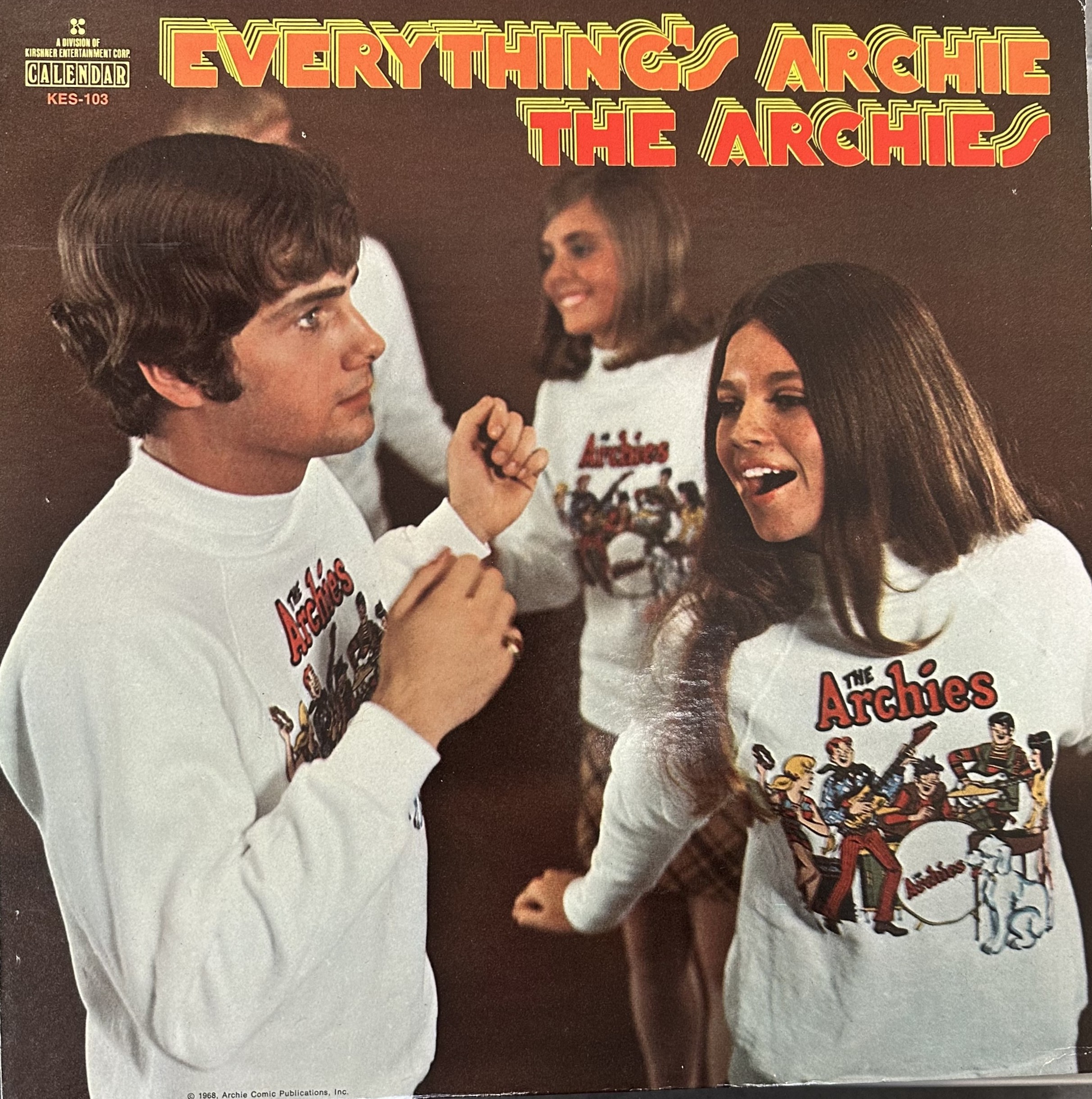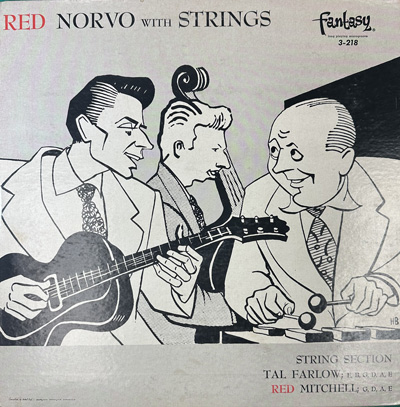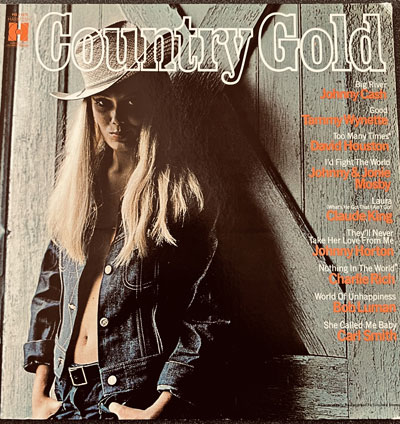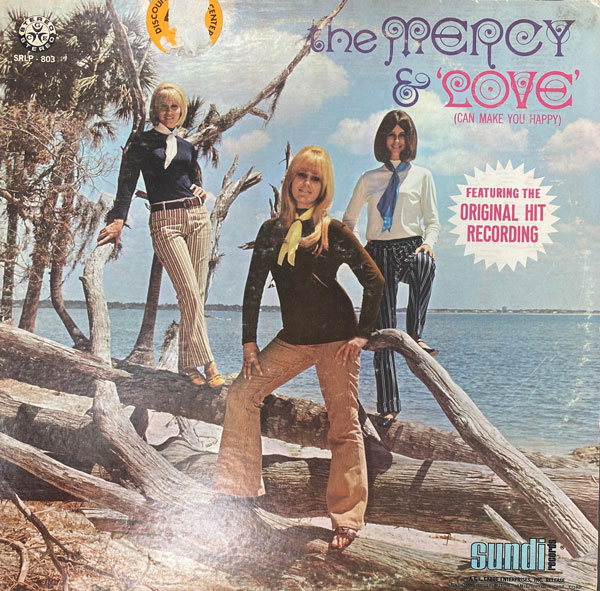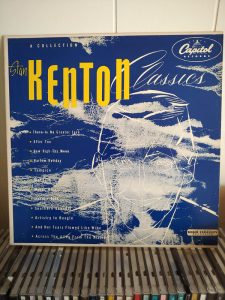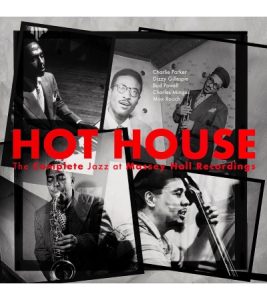Mexican-Canadian pianist, vibes player, and band leader Jimmy Namaro (1913-1998) isn't the best known name in music. The only reason I know him is because I have an eagle eye for unusual records. Born in La Rosita, Mexico, in 1913, he became a Canadian citizen in 1945. He moved to the US in 1970. Information on Namaro's albums is at best sketchy, since his popularity resided north of our border, and most of his albums were only issued in Canada. My research shows him producing seven albums, two of which were released by US record labels. His US releases are the only titles that I've found.
Based on samples from the internet plus my two LPs, I can say with confidence that Namaro was a very good, albeit unadventurous pianist. I say unadventurous, because I don't hear the trailblazing pianism of Thelonius Monk, Hampton Hawes, or Dave Brubeck. Having said this, there are times, which is essentially most of the time, that trail-blazing jazz is not to my liking. I find Namarro's mallet work more interesting than his piano playing.
The Jimmy Namaro Trio featured Namaro on piano, organ, and vibes, Lin Boyd on bass, and Gord Carley on drums. They performed straight-ahead jazz and easy-going instrumentals that were a breeze to enjoy. 1954's With Mallets A Four Thought (Sparton SP209) is jazz, but their 1958 album, Driftwood (Dot 25246), is not jazz, but rather exotica, bearing a resemblance to the music of Martin Denny.
Mallets With A Four Thought is the band's debut album. The album was also released in the US on King Records (King 685), and both versions were released in 1954. Side one opens with a swinging Namaro original called "With Mallets Towards Some." It's thrilling straight-ahead jazz. It also proves that Namaro's chops were much jazzier when he played vibes. The cut has a wonderful sense of forward momentum. Lin Boyd's walking bass reminds me of the great Leroy Vinnager, and Gord Carley's drumming is delightfully light and rhythmically engaging. The sound is mid 50s mono in its prime, with a great sense of ambience, but not so much ambience that the bottom end's size is diminished. There is a teensy bit of tape-slap reverb added to the entire album which increases the music's sense of size. It also adds a delicious richness to Namaro's already rich vibes.
The second cut on side one is a mambo, called "Venezuela." Mambos are usually fast numbers, but this one is gentle. It's not exactly jazz, but it's delightfully danceable and fun. The sound is a continuation of cut one's excellence.
The third cut on side one is simply called "Love," and I love it. It's a fast and fun tune, and, just like the cuts before it, the music and the sound are irresistable.
Side one cut five is "When I Grow Too Old." This jazzy tune swings a little lighter than cut one, which allows my inner audiophile to become more involved with the sound. Like cuts one, two, and three, the sound is downright remarkable. The star here is Carley's smooth-as-silk drumming.
Side one closes with another Namaro original, "One Of A Kind Mambo," and it offers a hint of exotica to the album. The tape slap is greater on this cut, which makes the piano sound peculiar, but in a very appealing way. The music features piano, vibes, and organ. It is remarkable that Namaro can switch between instruments so easily. Even more remarkable is when the vibes and the organ are heard at the same time!
Most of side two lacks the inspiration of side one. Cuts one through five are well played, but they lack the hooks which are countless on side one. However, the last cut is great. It's called "Late Late Blues." It's the best of the cuts that feature Namaro on organ, and it sounds like he's playing a Hammond. Like the last cut on side one, this cut features organ, piano, and vibes, and at one point the organ and vibes are again playing at the same time. Namaro was the band's keyboard player, and the band's vibes player, so it would have been helpful to know who was actually playing what. Overdubbing would become commonplace a few years later, but this is 1954 single-track mono.
As I have a preference for unprocessed recordings, I loathe the current abuse of fake sounding digital reverb. However, I have a soft spot for old fashioned tape delay, aka slap reverb. It's the same kind of slap that we hear on the Sun era Johnny Cash recordings, but on this album it's more subtle. A number of mono jazz records feature tape and even spring reverbs. When used in moderation, these effects sound irresistible to the ears, and irresistible is the best way to describe the sound of this album. There is nothing harsh or hard sounding, and the bass is solid and deep. It's also worth noting that my copy is the Sparton import from Canada. The audiophile in me wants to compare it with the domestic version, while the music lover in me is completely satisfied.
One could argue that most of this album is not really jazz. I would argue that many of the classic jazz albums contain cuts that are not particularly jazzy. The album opens with an uplifting cut that is pure jazz. The rest of the album drifts in and out of jazz, although this is merely my interpretation. Jazz, like rock, blues, and country, comes in many flavors. The overall flavor of this album is jazzy, and side one is a joy from beginning to the end.
I originally intended to review both of my Jimmy Namaro albums. However, I found Driftwood musically weak. Driftwood is rare, and like many exotica LPs, it's recorded in demonstration level stereo. I'm also a big fan of Dot stereo sound. It's clear to me, after loads of Ken Nordine, Margaret Whiting, and even Lawrence Welk, that the folks at Dot Records cared about sound. I wouldn't go out of my way to find a second copy of this title, but I'd be very happy to find more copies of With Mallets A Four Thought!







